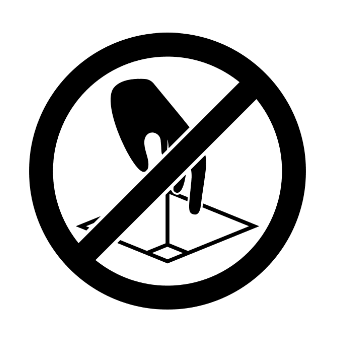Plagiarism is the act of wrongly taking someone else’s content and submitting it as your own. In other words, if you copy a piece of text from a published source and use it without a proper citation, then it is considered plagiarism.
Performing plagiarism is considered highly unethical. However, practice it at a large scale even after knowing that it is not right. This is especially common in online writing and academic work. In this article, we will focus on the academic aspect more.
We will show you how serious of an offense plagiarism is. This will motivate you to never practice plagiarism. Also, we will show you ways to minimize the chance of plagiarizing content. So, if you want to uphold your academic integrity and abstain from plagiarism, then keep reading.
Table of Contents
What is Academic Integrity?
Before we talk about the effect of plagiarism on academic integrity, let us talk about what it actually is. Academic integrity is sort of an unspoken rule or pledge that every student takes as he/she steps into an academic setting.
This rule states that the student must never commit any task that is considered morally incorrect or unethical. This is not something that is present in writing but is something that the student must follow as it is his/her duty.
For instance, as a student, you can’t be dishonest in your dealings. You can’t deceive your teachers or lie to them. These general ethical standards are to be followed in order to be an upright student. Plagiarism is something that breaks one’s academic integrity. Therefore, it must be avoided at all costs.
Types of Plagiarism in Academics
Plagiarism can be of different types. All of them are unacceptable. However, if you want to avoid them, you first need to know about all of them. Here is a list of that.
1. Complete Plagiarism
The first and most common type of plagiarism is when a student completely copies someone else’s work and submits it. This is strongly discouraged and must never be practiced. When you do this, catching you becomes extremely easy. Professors can usually catch this type of plagiarism at first glance.
Even if they don’t, certain software will catch plagiarism in your work, and you will face severe consequences. In modern times, even the complete copy-pasting of ChatGPT content is being considered plagiarism. So, also beware of that.
2. Patchwork Plagiarism
Patchwork plagiarism or mosaic plagiarism is the type of plagiarism in which someone takes bits of existing content and interlaces them with their own original text. This causes the plagiarized bits to be somewhat dispersed and more difficult to detect as compared to complete copy-pasting.
Regardless of the way in which this type of plagiarism is committed, it is still wrong and it can still be penalized.
3. Paraphrase Plagiarism
Some students make the effort to paraphrase the original text and claim it as their own. What they don’t realize is that it is still plagiarizing. If you use someone else’s ideas, then your work cannot be considered original. Thus, it will be considered stolen.
Even if you have to use information from an already present source, you need to make sure that you cite that source properly. However, this method can only be used for situations where you need references. So, for example, if you want to quote someone in an essay, you can do it with proper citation only.
How to Avoid Plagiarism for Academic Integrity?

Now, let’s talk about the main thing, which is how to avoid all these forms of plagiarism. Here are some common precautions that can help you:
- Before writing, read about the topic from multiple sources. This gives you enough information to come up with your own ideas.
- While writing, don’t open any sources because it can increase the chances of accidental plagiarism.
- Make sure to paraphrase the content you take from another source (and cite it). If you do this, you can add valuable information and also keep the plagiarism count to a minimum.
Even after doing all this, you need to perform a crucial step. If you think that you have not plagiarized anything in your writing, there is still a chance that some percentage of plagiarism shows up in it. To check this, you need to check your content using an online tool.
Based on the level of plagiarism that shows up in the report, you can make appropriate changes. Even for these changes, you can use online tools. For instance, a plagiarism remover can be useful in this regard. It changes the copied content enough to make it unique.
Conclusion
In the end, we would like to urge you to not take plagiarism as something non-serious. Schools and colleges have strict policies for it. You can face temporary and even permanent suspension because of plagiarism. So, keep that in mind and put all your efforts into creating original content.

